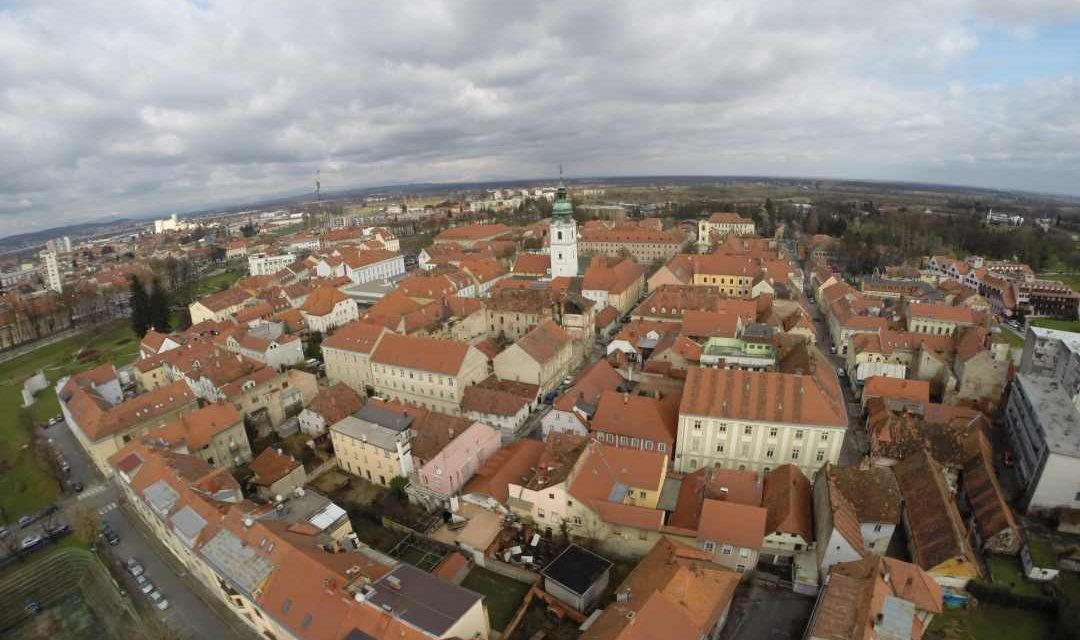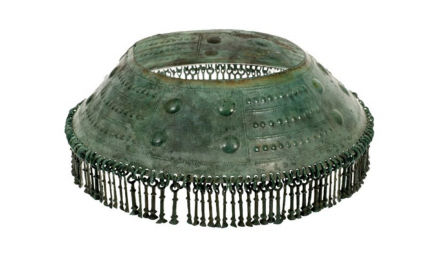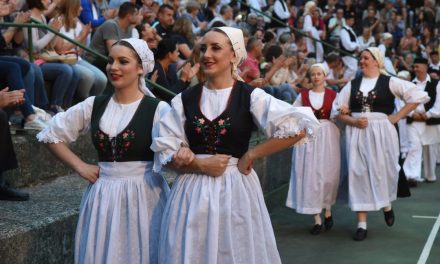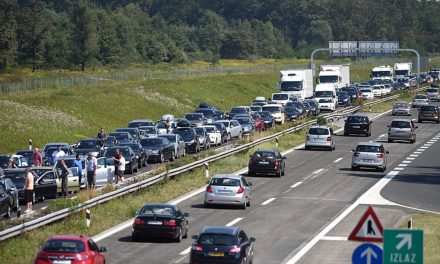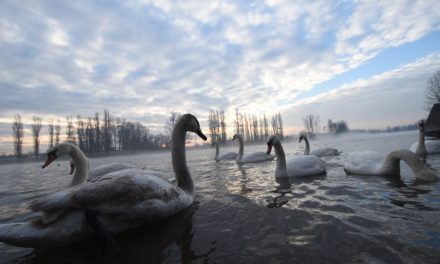The legend of Đula’s abyss
The need for recognition, shortly after the famous battle of Krbava in 1493, impelled the builders of Duke Bernard Frankopan to seek previously untapped natural features: Ogulin is, besides Pazin in Istria, the only Croatian city that was built over an abyss. Đula’s Abyss is 40 meters deep, finishes at the Dobra River gorge, and is the beginning of the Đula – Medvedica cave system. A popular explanation of its name is that it is derived from the girl Đula (Zulejka) who, long ago, threw herself into the gorge because of an unfortunate love. Đula’s Abyss is located at the end of the Dobra River gorge and is the beginning of the Đula – Medvedica cave system. This is yet another example of the widespread legends in Europe known as ‘girl jumps’”
A unique city on four rivers
Karlovac is known as a city of parks, a city of stars, a city of beer … But it is also a city where a natural and cultural landscape intertwines into something that is unique in this part of the world, and it happens at the confluence of four rivers. The reason for setting Karlovac, the historic city – the star, at the confluence of the Kupa and Korana River was a military-strategic one. Having grown in size, the city eventually covered another two river tributaries, the Mrežnica and Dobra Rivers. The largest is the Kupa River, which flows through the centre of the city, into which the Dobra and Mahična Rivers flow downstream from the Korana River at Mekušje. The Mrežnica River flows into the Korana River in the Turanj city area.
At the border of two empires
The city and fortress of Karlovac was established in 1579, when the borders of the Ottoman Empire, to the detriment of Habsburg Empire, were moved to the Kupa and Korana Rivers. Karlovac fulfilled its historic defensive mission; as the command centre of the Vojna Krajina (Military Border) and resisted all attacks, thus maintaining a military force in the centuries when the border was again moved to the east. Even today, the cultural and historical landscape of Karlovac is marked by the remains of one of the densest network of fortified positions in the world. The experience of the border, confirmed in the Croatian Homeland War (1991 – 1995), provides today a historical position of Turanj, a former Karlovac outpost on the Korana.
The prestige of two main towns
Napoleon’s campaign in the Habsburg Empire also meant changes for Croatia in the governance of its territory. Karlovac was the capital of ’Civilian Croatia’ and under French rule, with the continental border resting on the Sava, which in the coastal area included Rijeka and Senj. In turn, Zagreb was the capital of the rest of Croatia under Habsburg rule. The ‘Prestige’ of the two capitals of occupied and fragmented Croatian territory lasted briefly from 1811 until 1813. The best memory of this period was Marmont’s Alley, named after the French general, a spacious road surrounded by rows of Plane trees, a particular feature of today’s urbanised Karlovac.
The oldest tourist guide
“A Historical and Topographical Description of the Topusko Mineral Baths” dating from 1827 is the oldest travel guide in Croatia. It was written by a retired teacher from Karlovac, Michael Kunić, and was published in the editions of Prettner Press in Karlovac (reprint in 1997 in Topusko). The guide is one of the first books printed in Karlovac. It is kept at the Croatian Museum of Tourism in Opatija.
Rowing from Zagreb to Karlovac
Members of the Croatian Rowing Club from Zagreb in 1929 went on ‘Big trip’, the largest and longest in the club’s history. Eight rowers traversed the the Sava River from Zagreb to Sisak and upstream on the Kupa River to Karlovac. From Karlovac they travelled by train to Novo Mesto, and then again in two boats along the Krka River to Brežice and then on the Sava River to Zagreb. They travelled for ten days rowed 350 kilometres.
The warmest day and an abundance of snow
The highest temperature in continental Croatia was recorded at the meteorological station in Karlovac on 5 July in 1950 measuring 42.4 degrees Celsius (in Croatia, only Ploče was hotter in 1981 measuring 42.8 °C). The second greatest snowfall in Croatia, measuring almost 4 meters (398 cm), was recorded in 1969 at the rainfall measuring station on Mount Mirkovica near Ogulin (in 1938, 448 cm on Mount Risnjak).
The Korana River was bridges
Professor Dr. Krunoslav Tonković (1911-1989) is regarded as the most important bridge engineer in Croatia. Most of his secondary education was gained in Ogulin (in 2003, a monument was erected in his honour). Tonković bridged the Karlovac rivers a number of times, mostly the Korana River, near Karlovac, Rastoke near Slunj and Plitvice lakes. His bridges have become part of the landscape providing a new mobility, and clearly announcing the arrival of the new age of transport.
A habitat of the rare carnivorous plant
In 1963 in the mires near the village of Knez Gorica, the first carnivorous plant which was discovered in Croatia, a small Basidiomycota which transforms itself with leaves to catch small insects. In wetlands south of Karlovac, lives the carnivorous sundew plant with sticky leave endings and drops similar to dew, and act as traps for insects. Both plants are rare and endangered because the wetlands, a system of plant communities which are a relic landscape of the ice age, are dying out.
Close to Vienna and Rome
Karlovac is situated only 20 kilometres from Beč (Vienna in English) and 30 kilometres from Rim (Rome in English); this is a fact that almost nobody will believe. Nonetheless, it takes from Karlovac to Beč and Rim only half an hour. Beč is a hamlet near Bosiljevo alongside the historic Karolina Road, and Rim is situated on the Lousiana Road near the Kupa River, at the crossroads of the Primoje – Gorski Kotar and Karlovac Counties.
Zagreb is a hamlet beside Karlovac
It is well known that Zagreb, in terms of population and geographical coverage, is a much bigger town than Karlovac. This is particularly true if we assume that Zagreb refers to the Croatian capital city, but not if we’re actually talking about the hamlet located south of Karlovac. This latter Zagreb is only a hamlet (full name Maći Zagreb, meaning Small Zagreb in Croatian) right next to Belajske Poljice, located some five kilometres from the centre of Karlovac.

